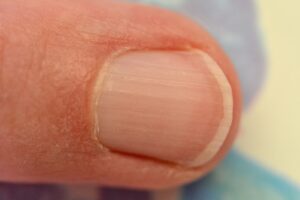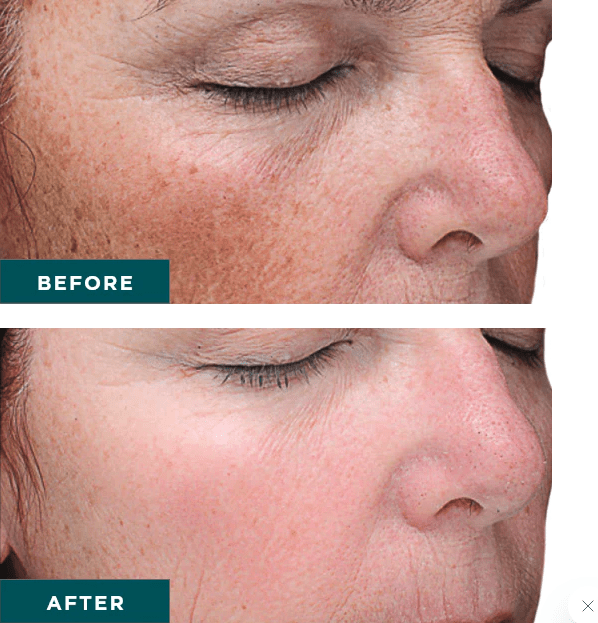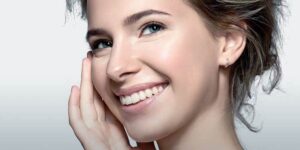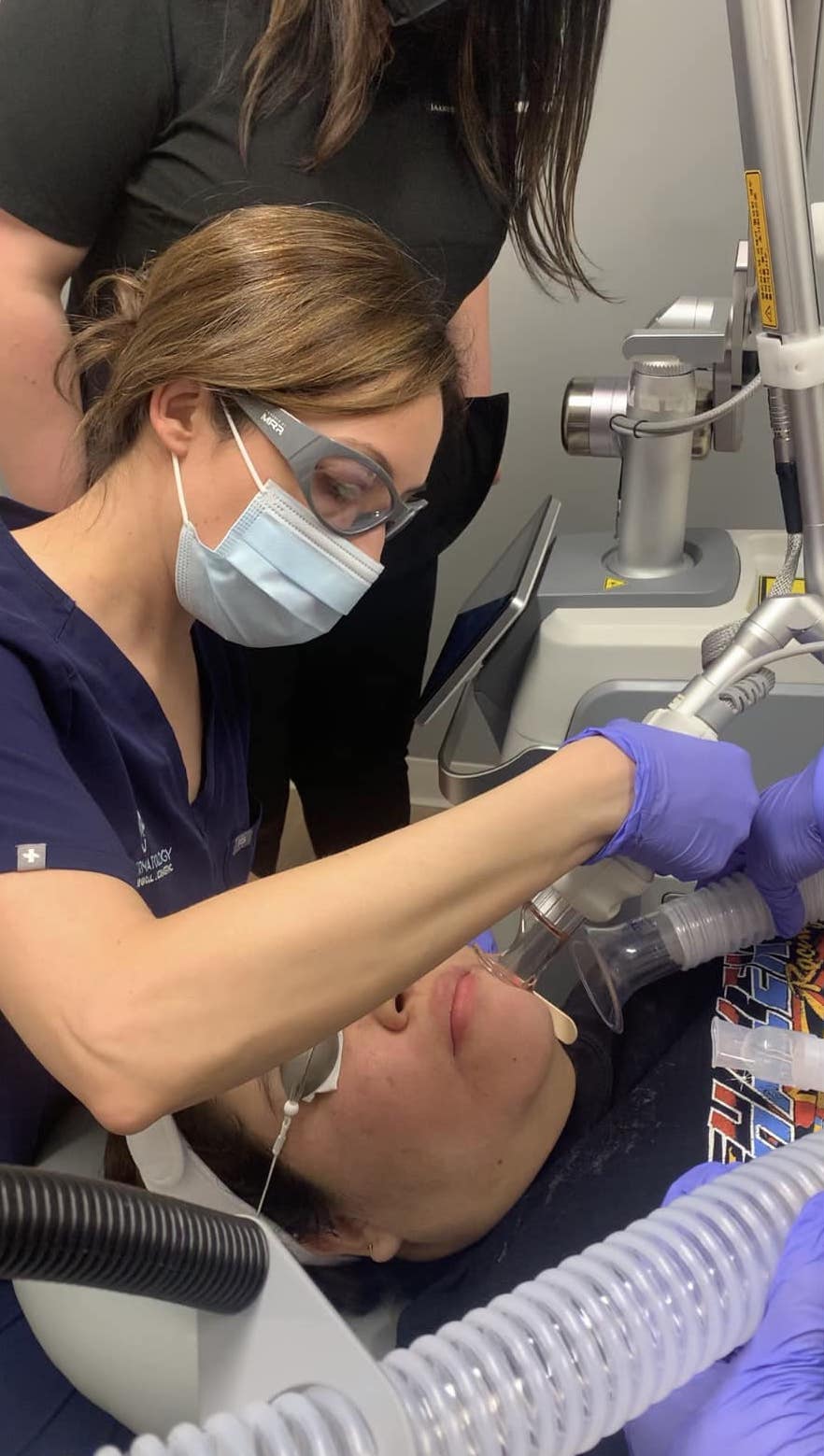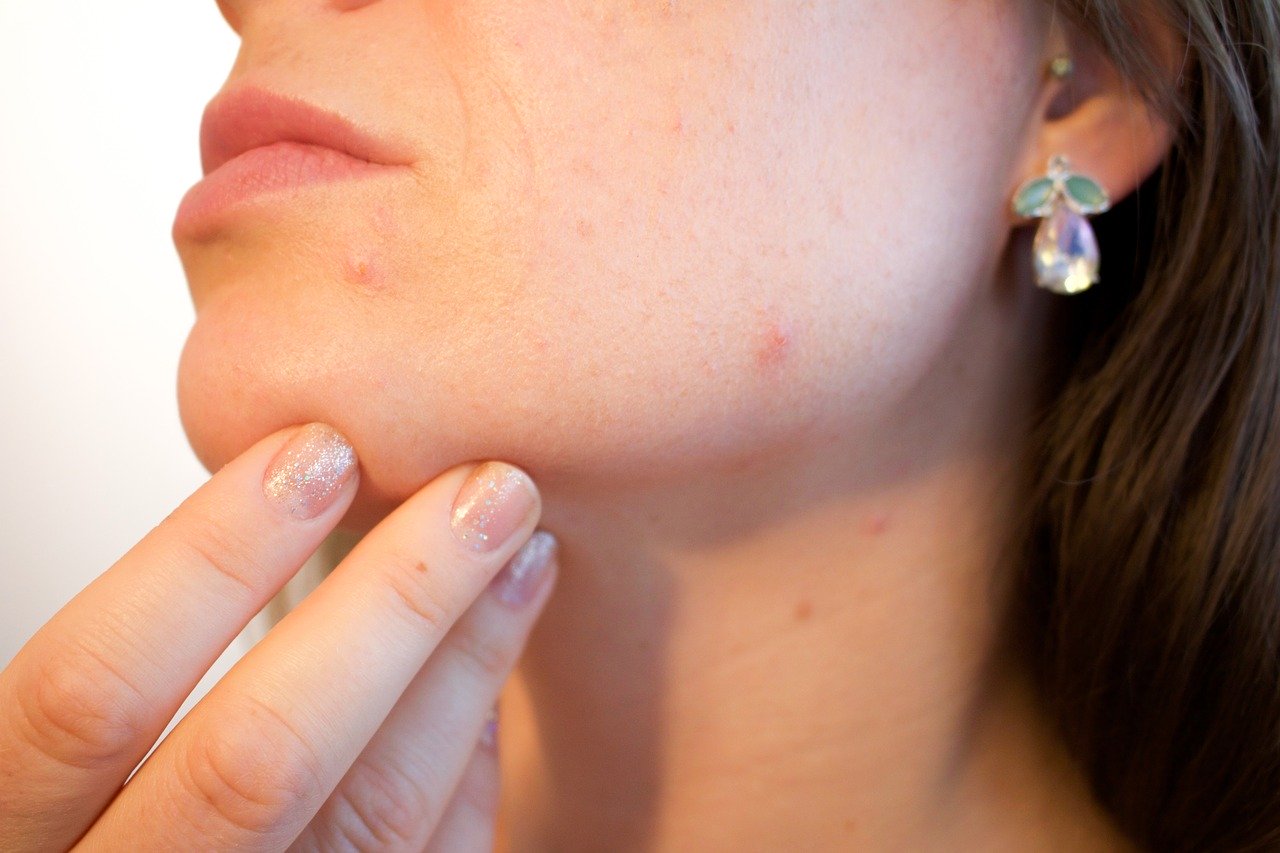
Hormonal Acne in Women: Causes and Treatment
Acne explained
Acne is a disorder that affects the skin’s oil glands and hair follicles. Pores are connected to these oil glands. These glands make an oily substance called sebum. The pores connect to the glands by a canal called a follicle. Inside the follicles, oil carries dead skin cells to the surface of the skin. A thin hair also grows through the follicle and out to the skin.
Sometimes the hair, sebum and skin cells all clump together to form a plug. The bacteria in the plug causes swelling. Then, when the plug starts to break down, a pimple can grow.
Hormonal acne in female adults usually occurs around the jaw line and the lower cheeks.
How many types of hormonal acne are there?
The most common types are:
- Whiteheads: pimples under the surface of the skin.
- Blackheads: pimples that rise to the skin’s surface and look black (the black color is not from dirt).
- Papules: small pink bumps that can be tender to the touch.
- Pustules: pimples that are red at the bottom and have pus on top.
- Nodules: large, painful, solid pimples that are deep in the skin.
- Cysts: deep, painful, pus-filled pimples that can cause scars.
What causes hormonal acne?
Although it can occur during puberty, when your hormones are in flux, it can happen to women of any age for any condition that causes a hormone imbalance.
- menstruation
- menopause
- polycystic ovary syndrome
- menopause
How is it treated?
There are several medications used to treat hormonal acne. “Spironolactone is a highly effective and inexpensive prescription pill that works as a magic bullet for hormonal acne in women,” says Vista Dermatology’s Dr. Karla Muñoz.
There are also ways for you to care for your skin.
- Clean your skin gently. Use a mild cleanser in the morning, evening, and after heavy workouts.
- Stay out of the sun. Many acne medications can make it more likely to get a sunburn. And too much sun exposure a lot can also make the skin wrinkle and raise the risk of skin cancer.
- Choose makeup carefully. All makeup should be oil-free. Look for the word “noncomedogenic” on the label. This means that the makeup will not clog your pores.
- Shampoo your hair regularly. If your hair is oily, you may want to shampoo daily.
“Try not to pick at or overscrub your skin, as this will only increase inflammation and redness,” advises Dr. Muñoz. “Following a low ketogenic diet has helped some of my patients with hormonal acne.”
“If you are planning pregnancy or are pregnant, I recommend using a glycolic acid cleanser and prescription topicals that do not contain retinoids,” she adds.
Contact us
Do you need treatment for hormonal acne or various other skin conditions? Call Vista Dermatology at (210) 698-0500 for an appointment.

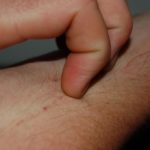 Next Post
Next Post